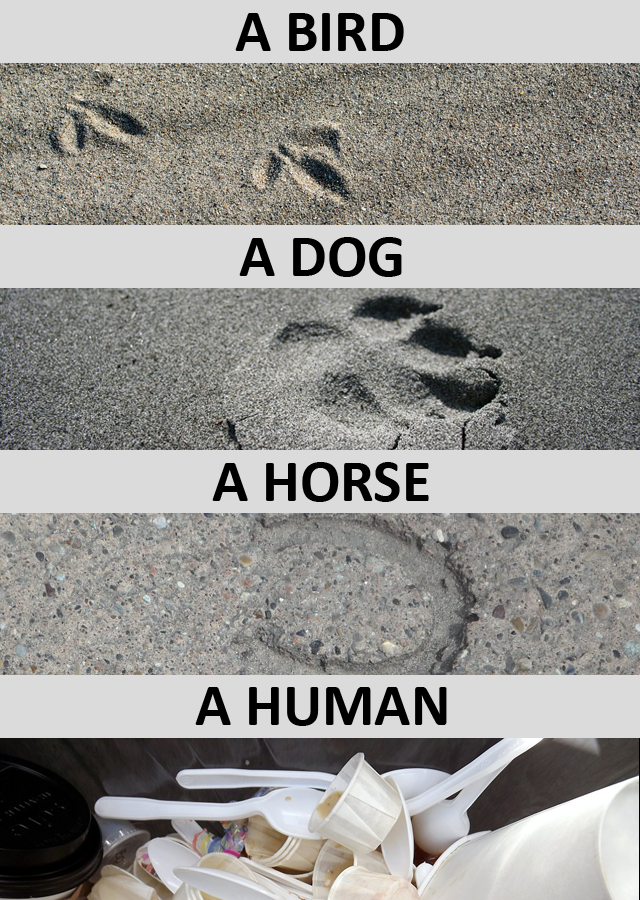Human habitation leaves its mark on nature. Perhaps, nowhere is it more evident than in the garbage dumps that are springing up in all those places where there is no effective solid waste management system. Cities in India are reeling under the pressure of an increasing population and increasing garbage dumps.
The history of the garbage problem is not very old. Forty years ago, the underlying issues were less and manageable to some extent. Domestic garbage was chiefly organic waste. In sharp contrast, today’s households generate a multitude of waste categories, of which organic waste is less than half in volume. The advent of plastics has resulted in a motely mixture of kitchen waste, plastic, paper, electronic waste, medical waste and rejects – each a heavyweight with its individual need for getting segregated and channelized to its specific processing center. The elaborate logistics support required to collect, segregate, transport and process each of these categories and subcategories of waste requires detailed planning and meticulous execution. In many cities, the government is trying to setup systems such as enforcement of segregation at source, decentralized wet waste composting and dry waste sorting centers, channelizing recyclables to the recycling network and rejects to appropriate disposal systems. Yet, the magnitude of the problem is such that the menace is yet to be subdued and it leaves a lot more to be desired from both the infrastructure as well as citizen mindset. A breakdown in any one link of the chain in the system; source segregation, collection & transport and backend processing results in garbage piled in street corners, empty plots and pavements, and city outskirts on farmlands.
Often, it takes more than weeks for the garbage to be cleared from a dump site while some places become semi permanent dump sites. Apart from it being an eyesore and a disgusting inconvenience, does it affect the environment in any other way? Apparently, it does and the impact is more permanent than temporary.
As is evident from the news article, “Dumpsites polluting the soil: local study”, published in “The Hindu”, Mar28,2019, experiments with the soil in the dumpsites reveal quite a few alarming trends:
- The soil is more alkaline due to degrading organic waste. Levels of several minerals are slightly higher compared to soil from other sites.
- These toxic chemicals potentially leach into the groundwater or contaminate surface water through runoff.
- Alarmingly, concentration of heavy metals such as cobalt, chromium and lead is 74% higher.
- The soil at dumpsites have lesser plant diversity and certain plants thrive better. The latter are better at absorbing heavy metals which in turn will have higher amount of toxic chemicals that can affect the eco system.
- The toxic effect of the waste is evident from the third year and this remains in the soil even if the dump site gets cleared later.

Wherever you go, your footprints will show. We know that dump sites will leave the dump print. I hope we are not dumb enough to let it. Let us act now.

